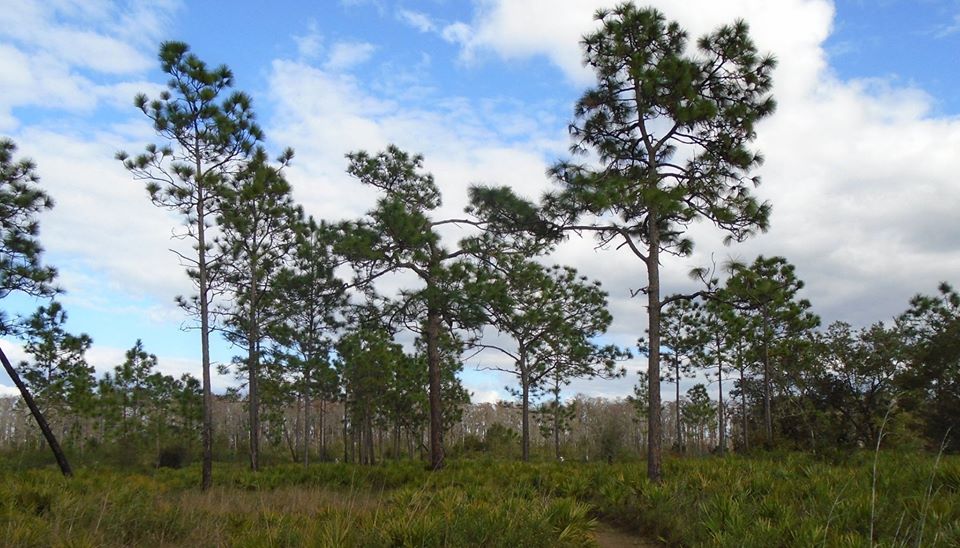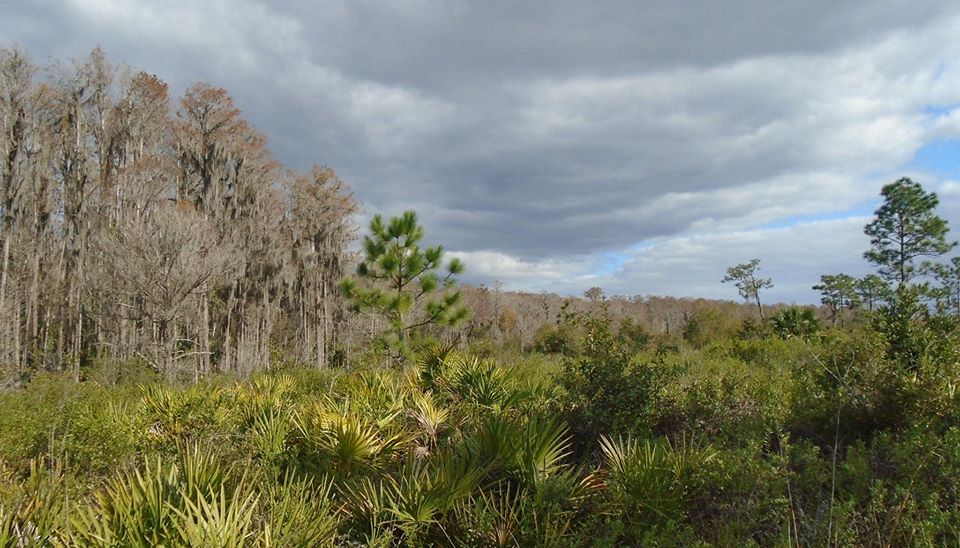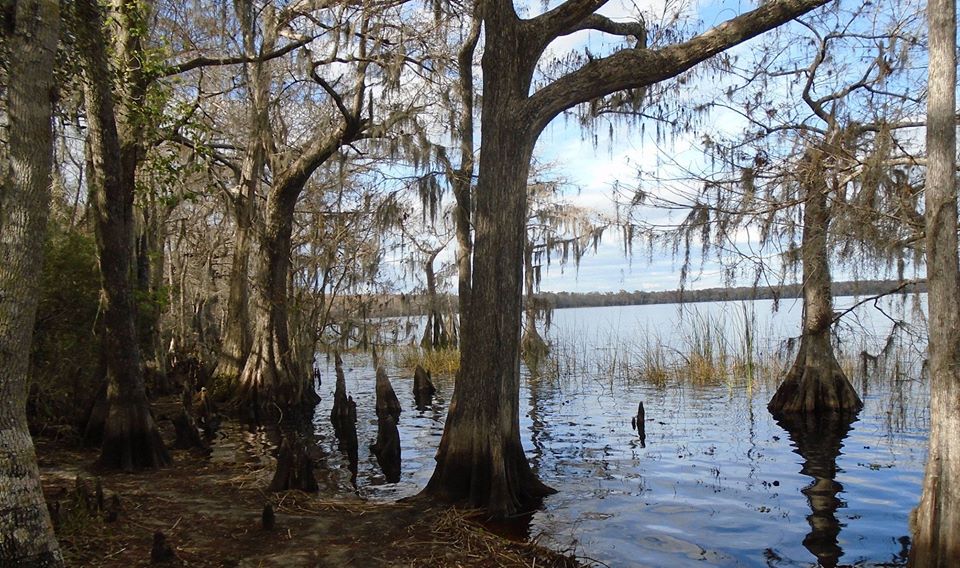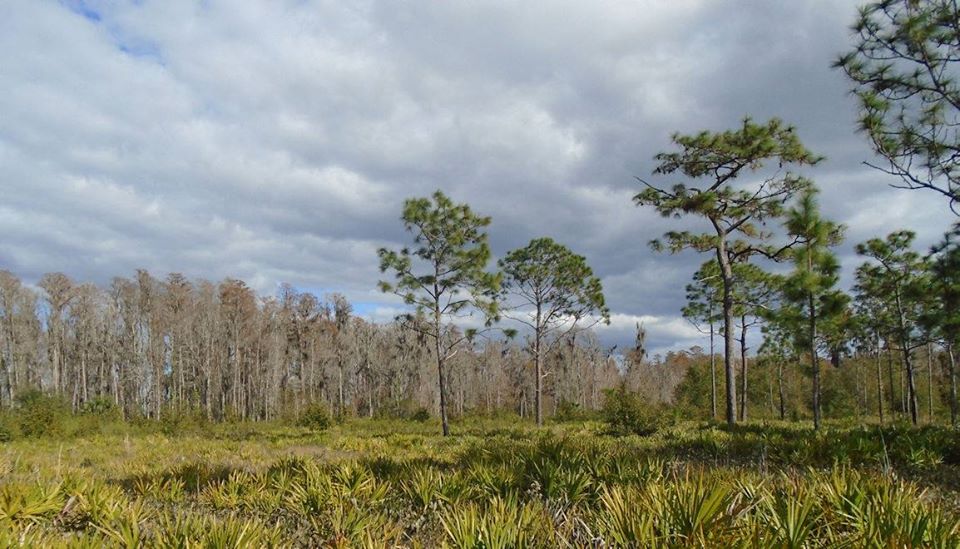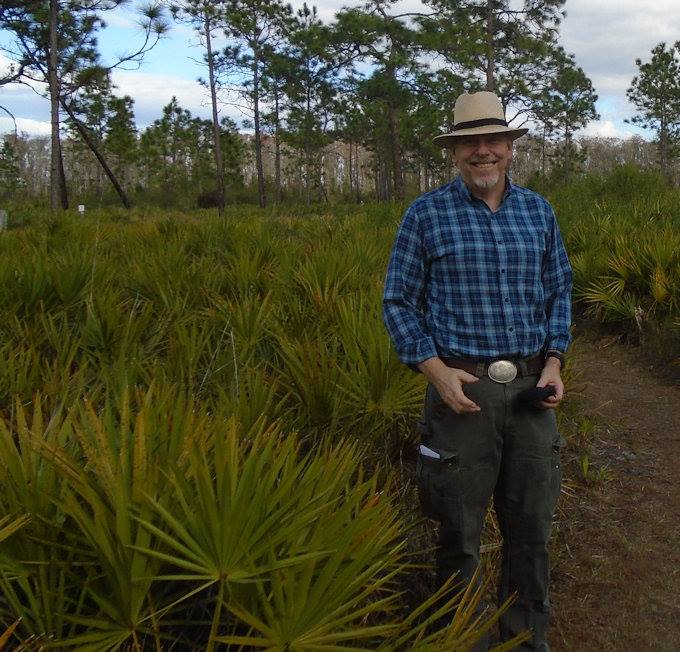The best thing about the Nature Conservancy is the way they bring ostensibly competing interests together in pursuit of common aspirations. What is now the Disney Wilderness Preserve near Orlando was a cattle ranch slated to be developed into another subdivision. Today it is an essential part of the Everglades ecosystem with 3,500 acres of restored wetlands that act as nature’s “sponges” in the landscape capturing rain, filtering out nutrients and replenishing our ground water. All this based on the cooperation of NGOs, private firms, individuals working in voluntary association and government. This means that TNC preserves are usually managed better than public parks, are more better integrated to greater ecosystems than most private lands, provide ecological services to human communities and provide individuals with places of peace and renewal.
You can visit this and most other TNC properties. We did this today. I was interested in seeing how the longleaf restoration was coming. It is good. You see on my photos that the understory is largely saw palmetto. This is something we will not get in Virginia longleaf forests.
I have supported TNC for thirty years. It is the only charity that I have never failed to remember. If you study the details of conservation in the last sixty years, you cannot help but be impressed by the consistent role TNC has played. It has not been through overt political action or even through the wonderful work they did buying and protecting land, but rather through the development of theory and theory in practice of conservation. For example, TNC was literally the keeper of the flame, keeping alive and viable principles AND practices of prescribed burning when “only you can prevent forest fires” was the official mantra and the generally respected consensus.
My photos are from the preserve. Notice the pine and palmetto, as well as the evidence of frequent fire that keeps this fire dependent ecosystem in balance. What looks like dead trees in the background are bald cypress, that lose their needles in winter, hence the name bald.
I also note that while my photos show the trees I love, the sky is a big player in the pictures. In that, it reminds me of Brasilia.

